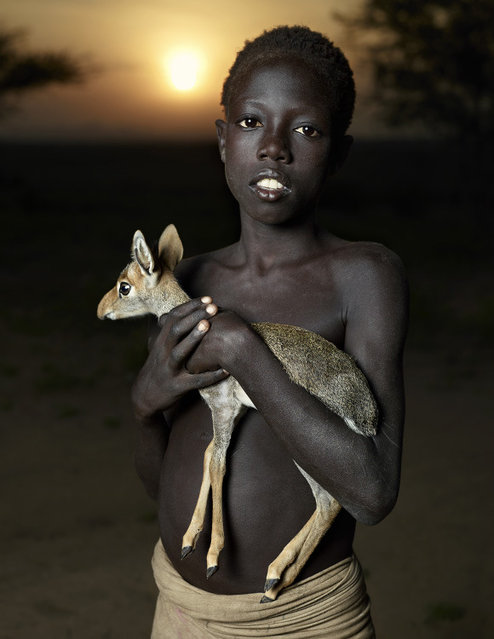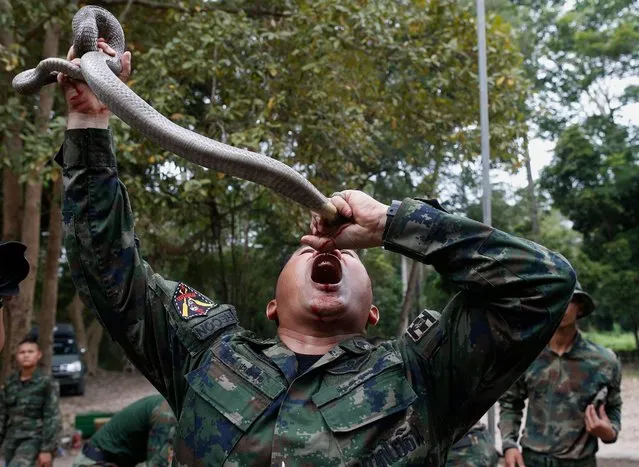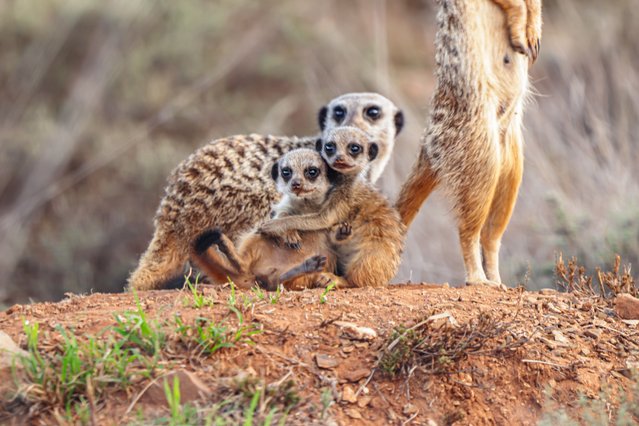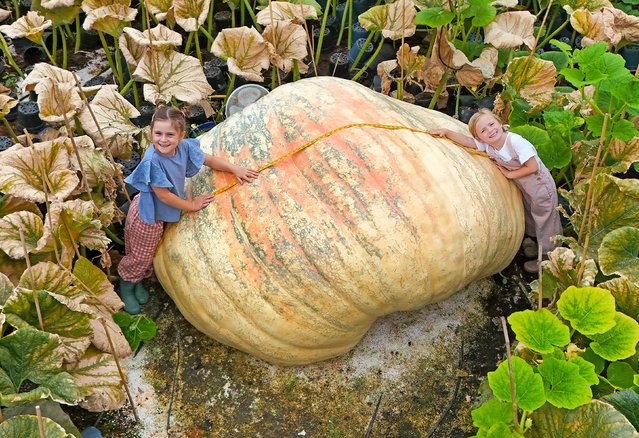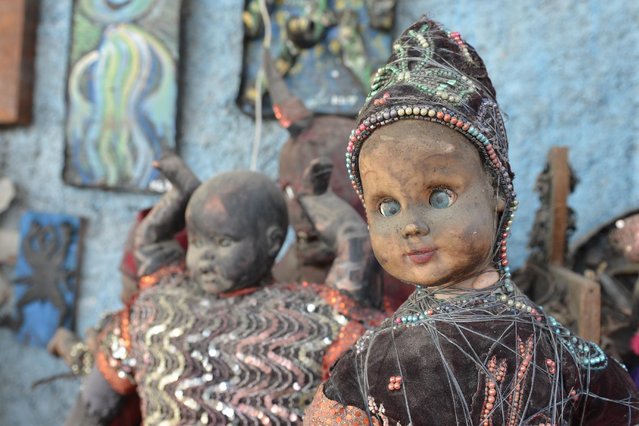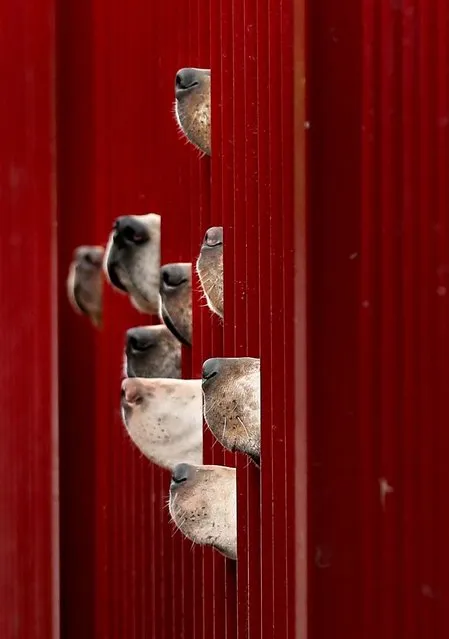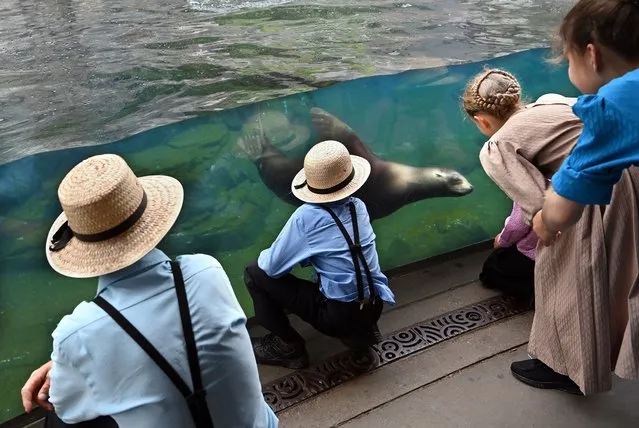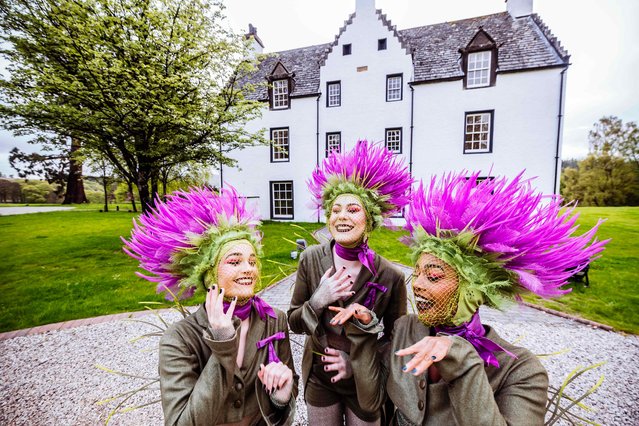
Performers debut in the first decade of May 2024 the new Cirque du Soleil Spirit production at the Macallan Estate in Speyside, Scotland, created specially to commemorate the whisky brand’s 200th anniversary. (Photo by Cirque du Soleil 2024)
12 May 2024 05:35:00,post received
0 comments

